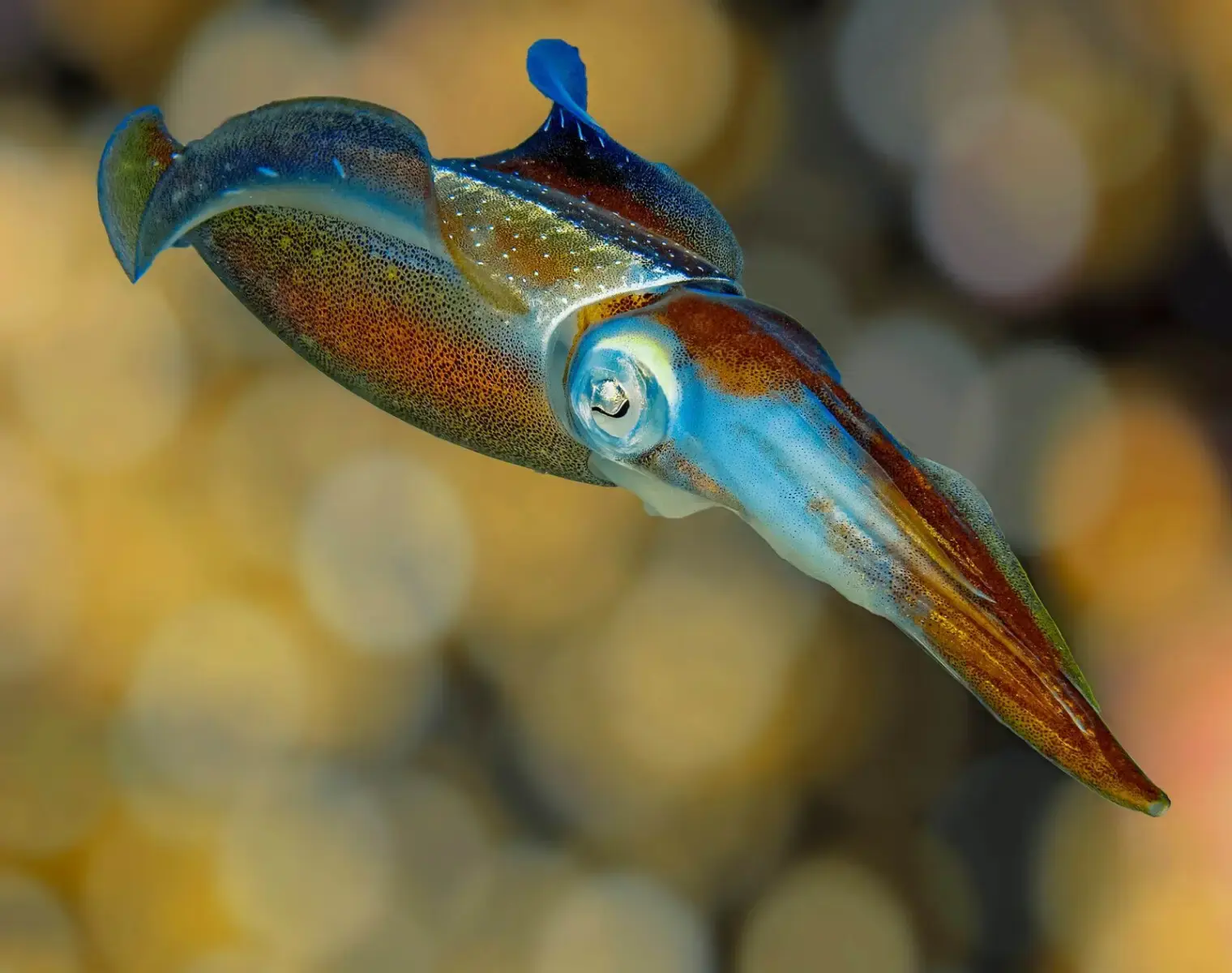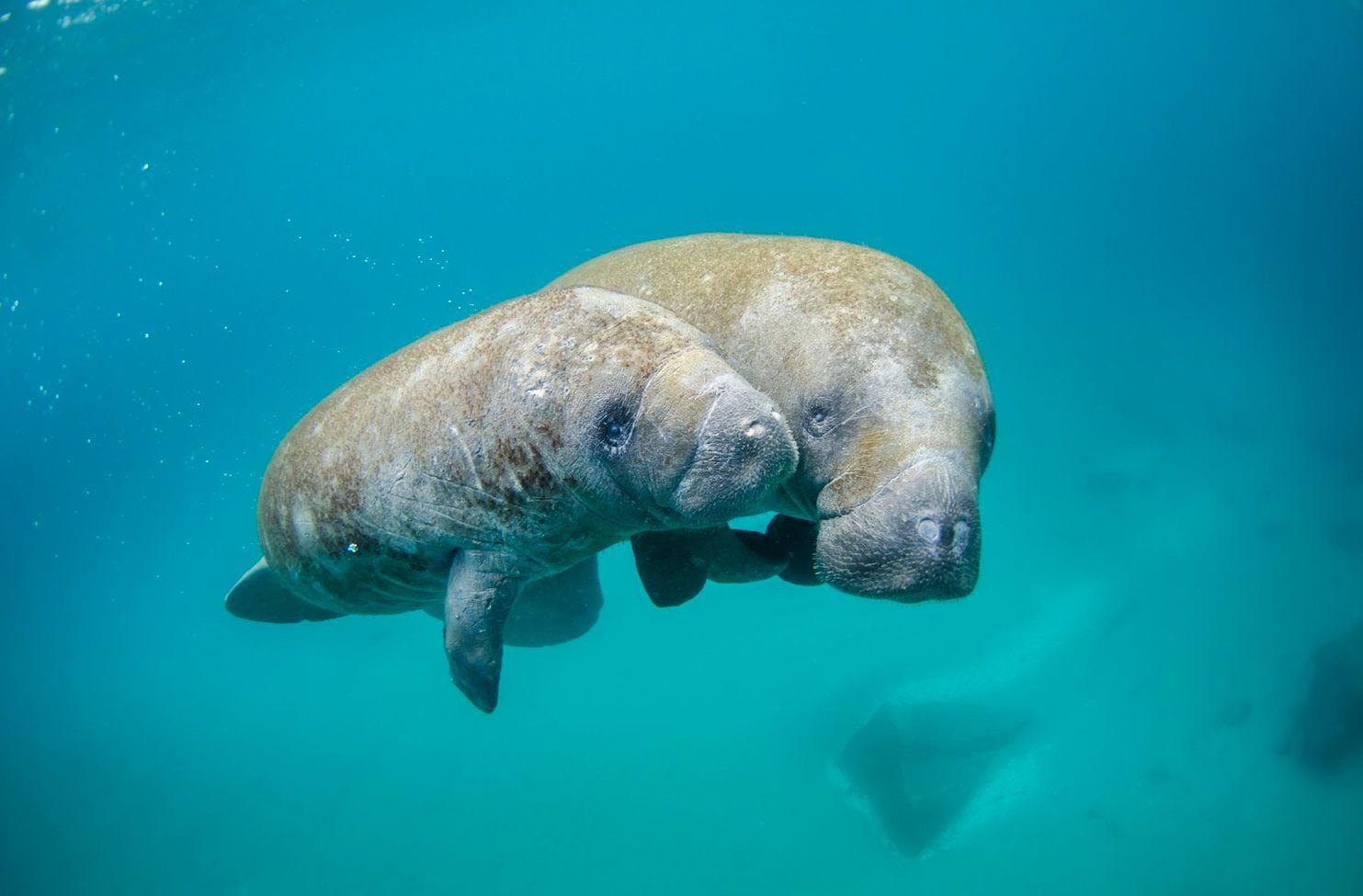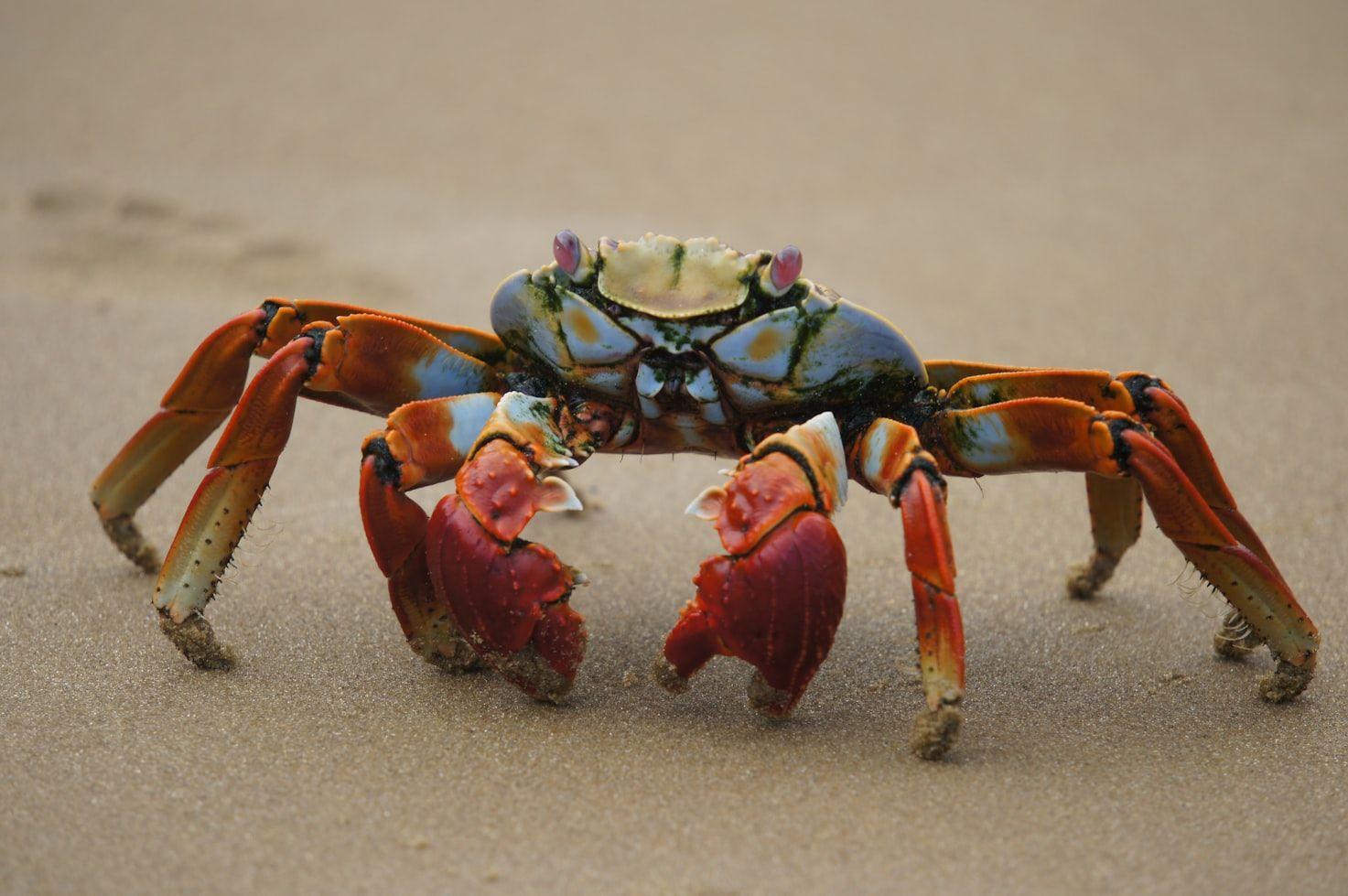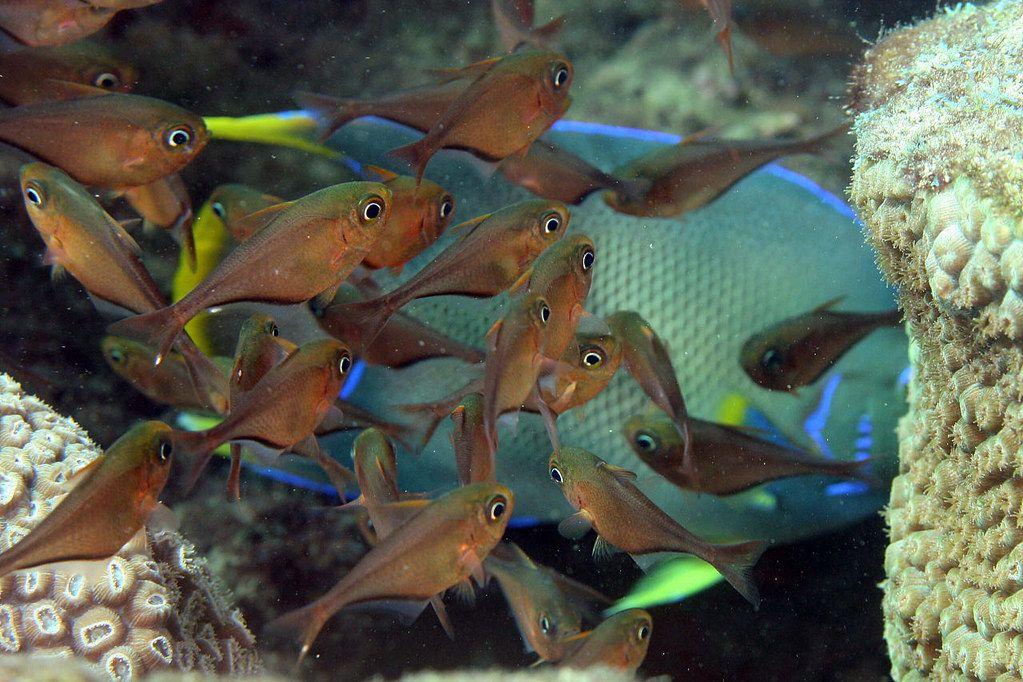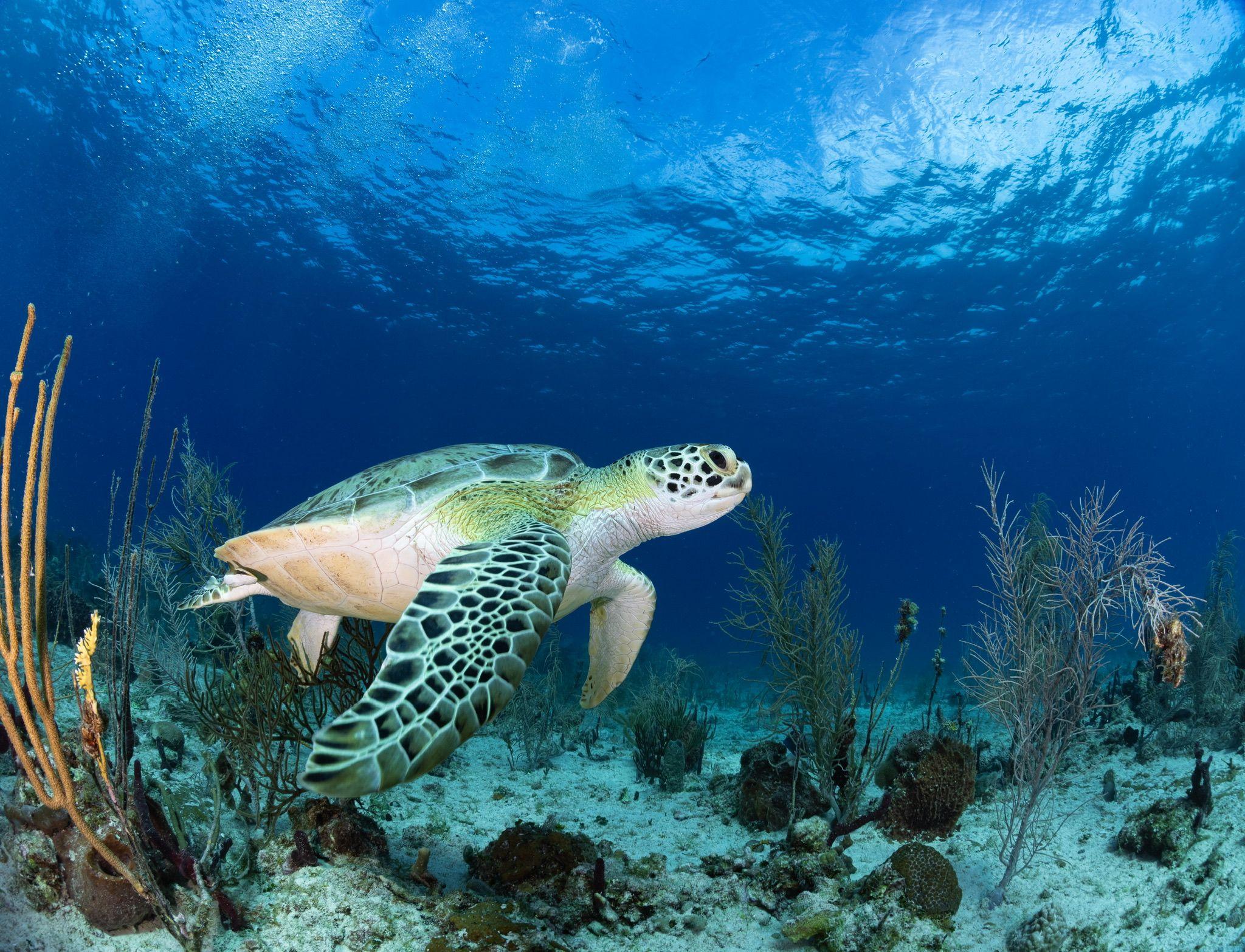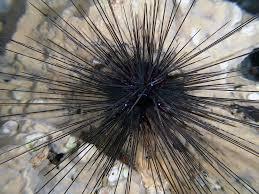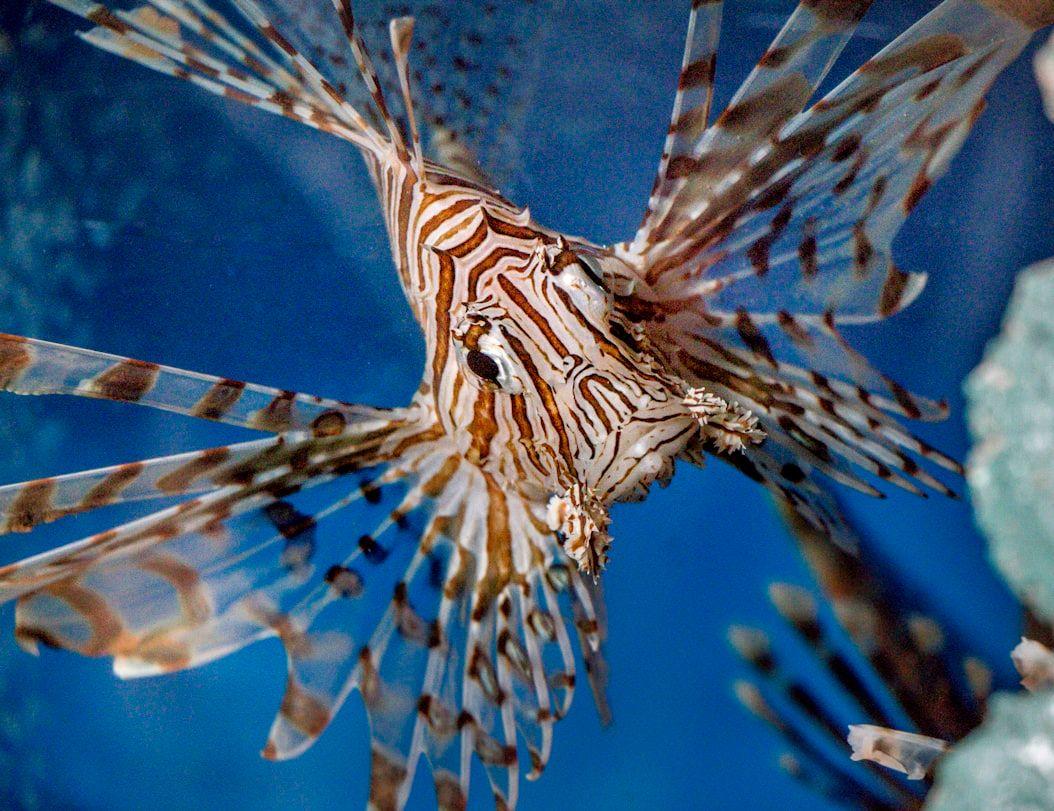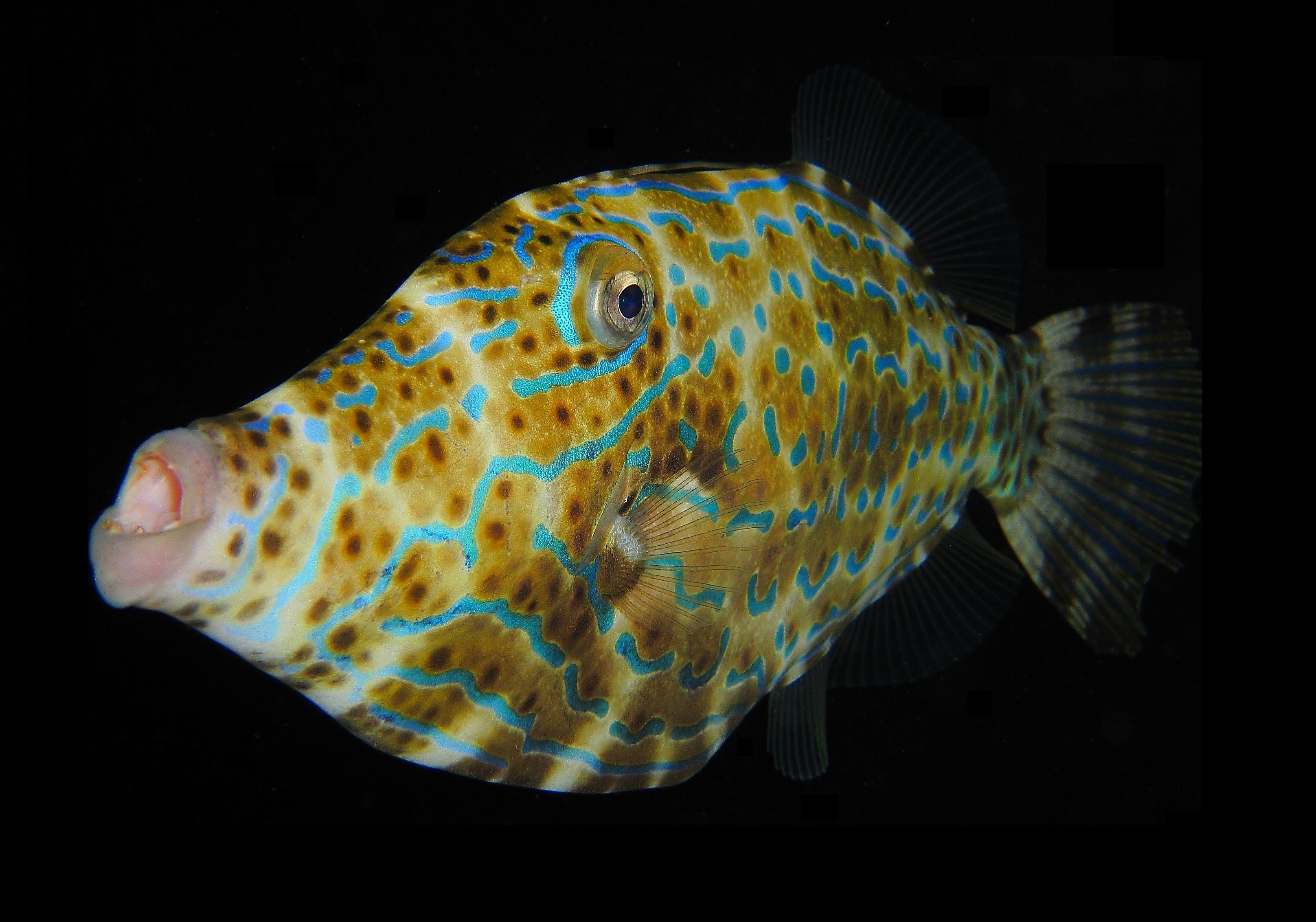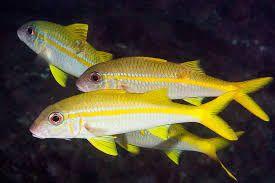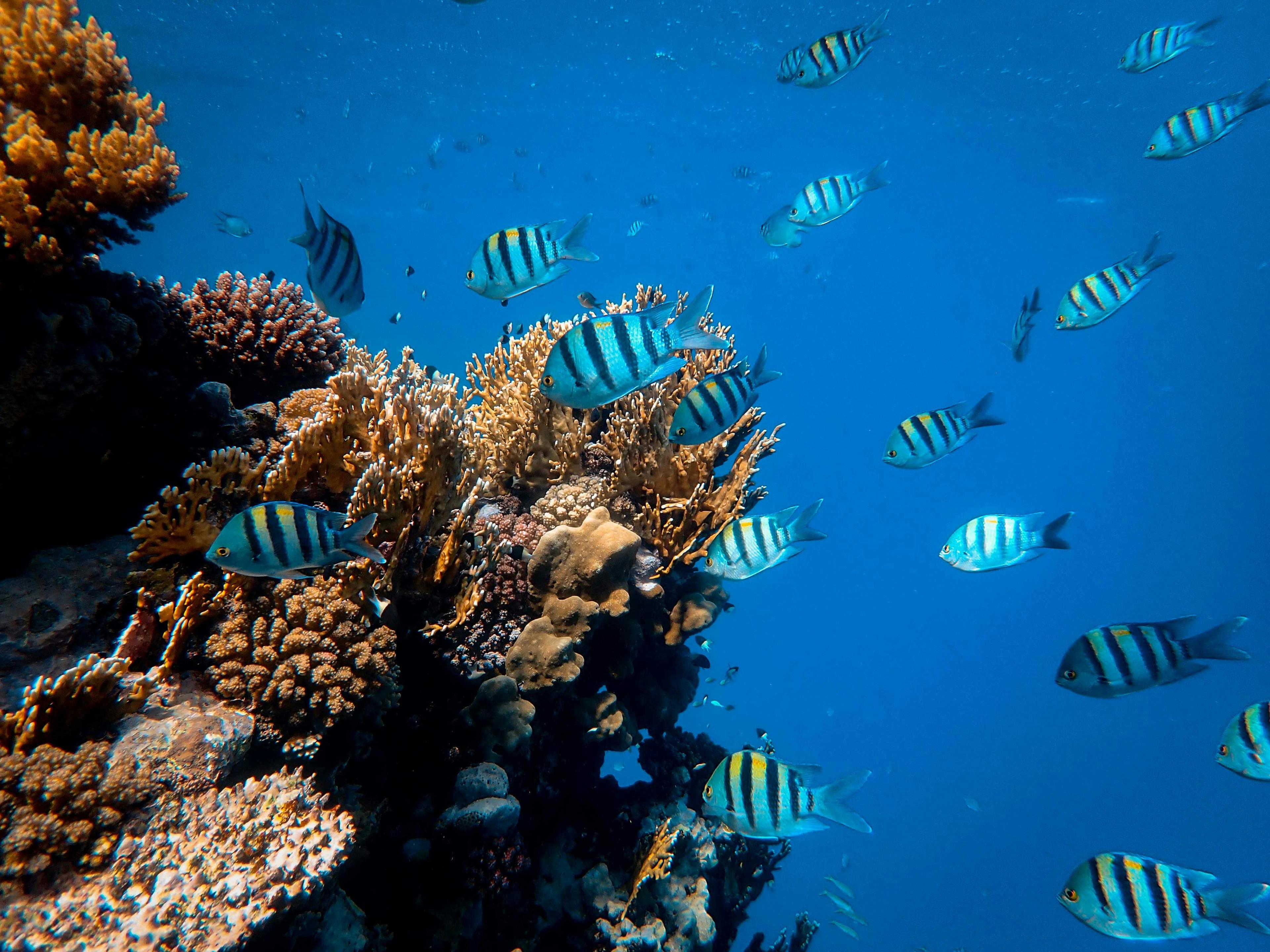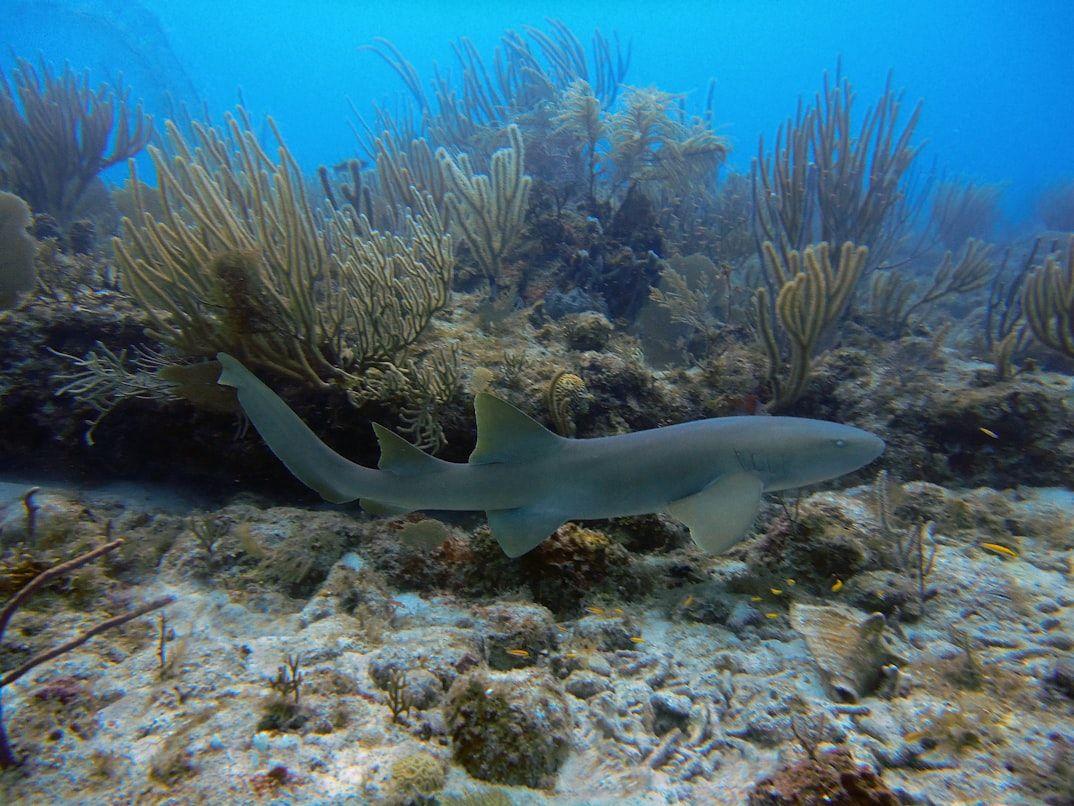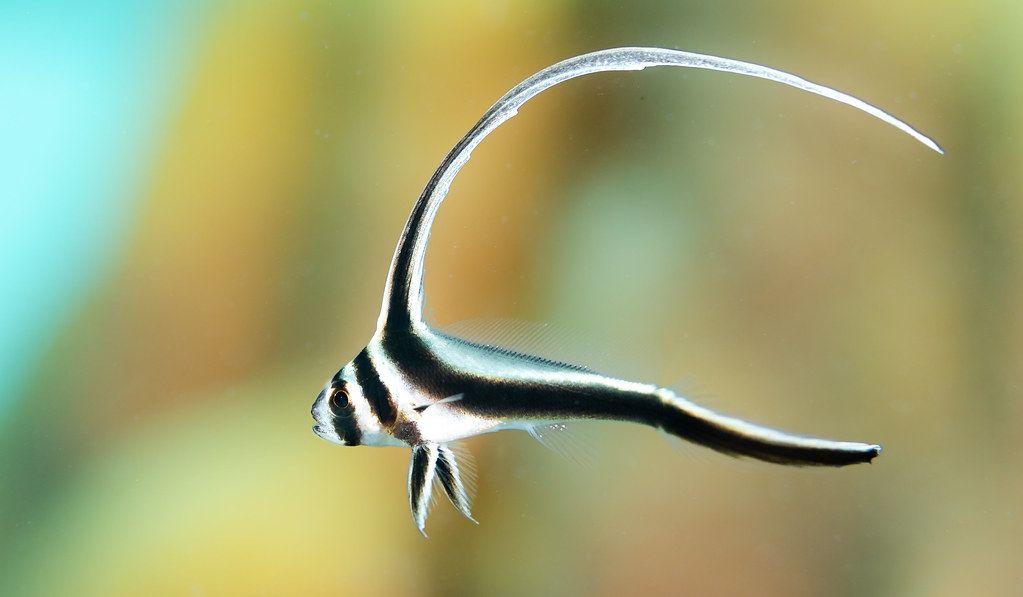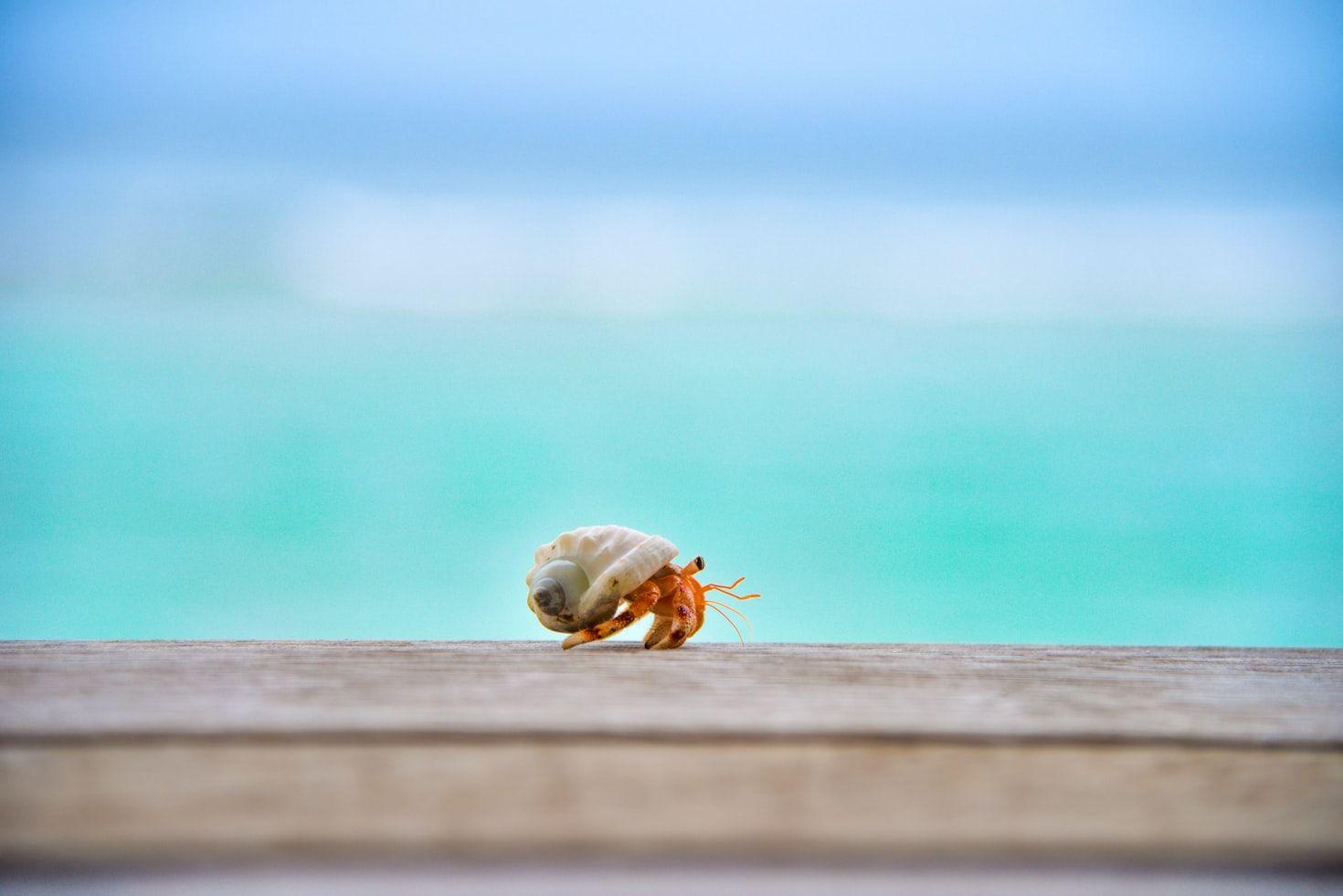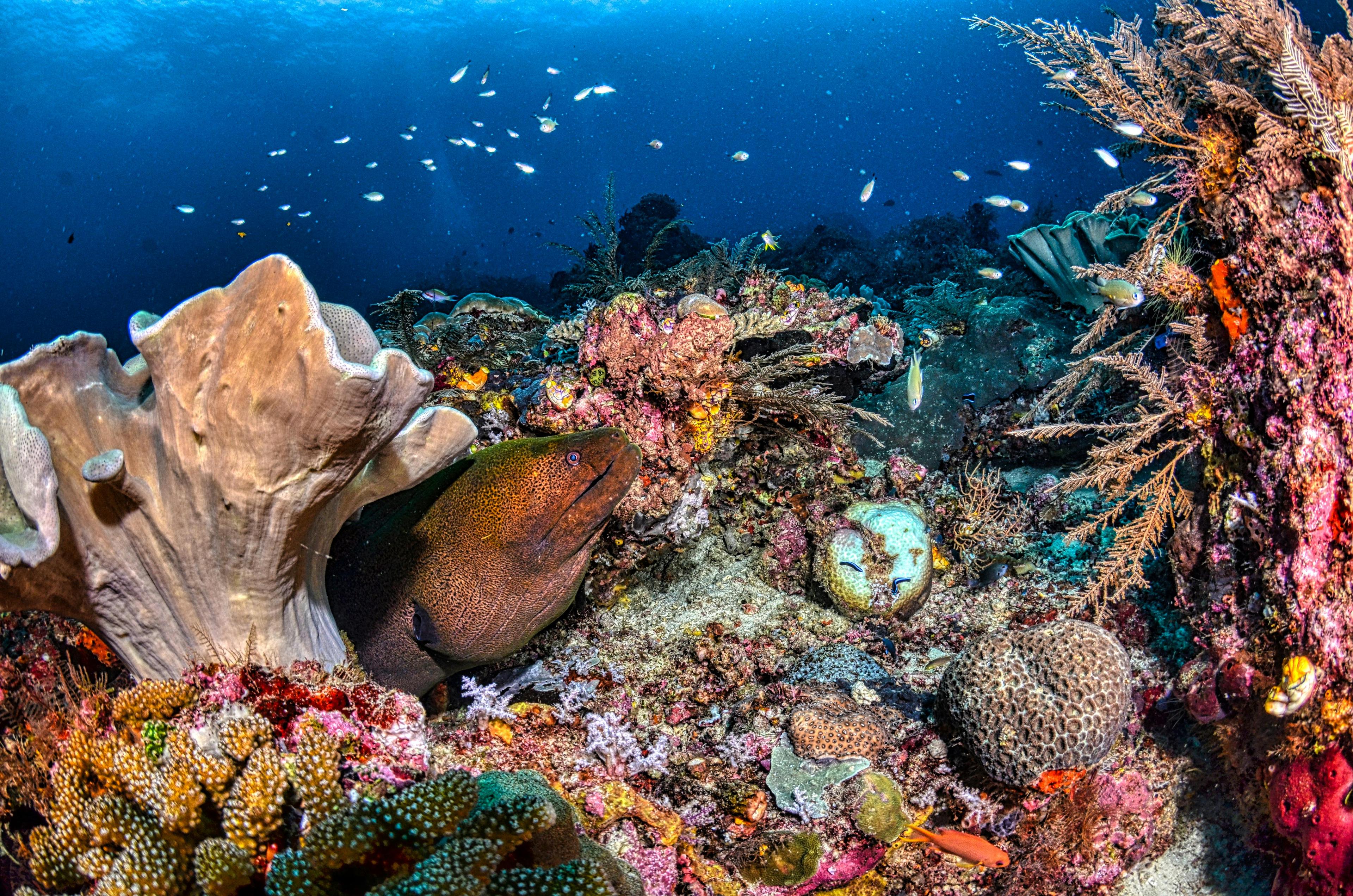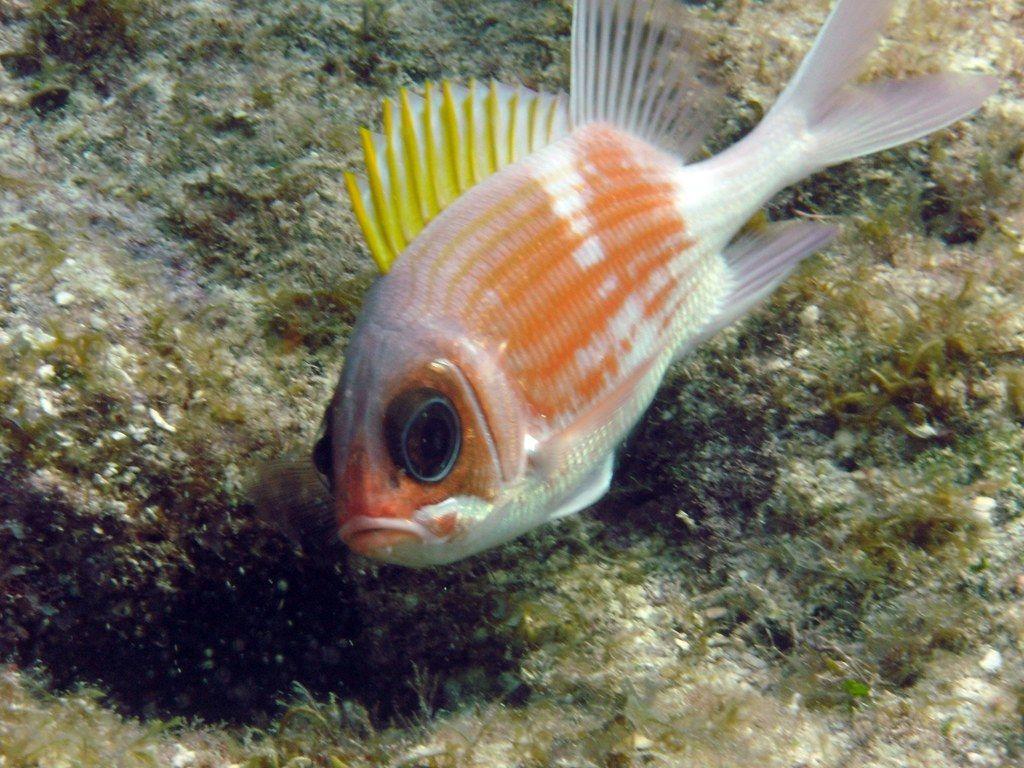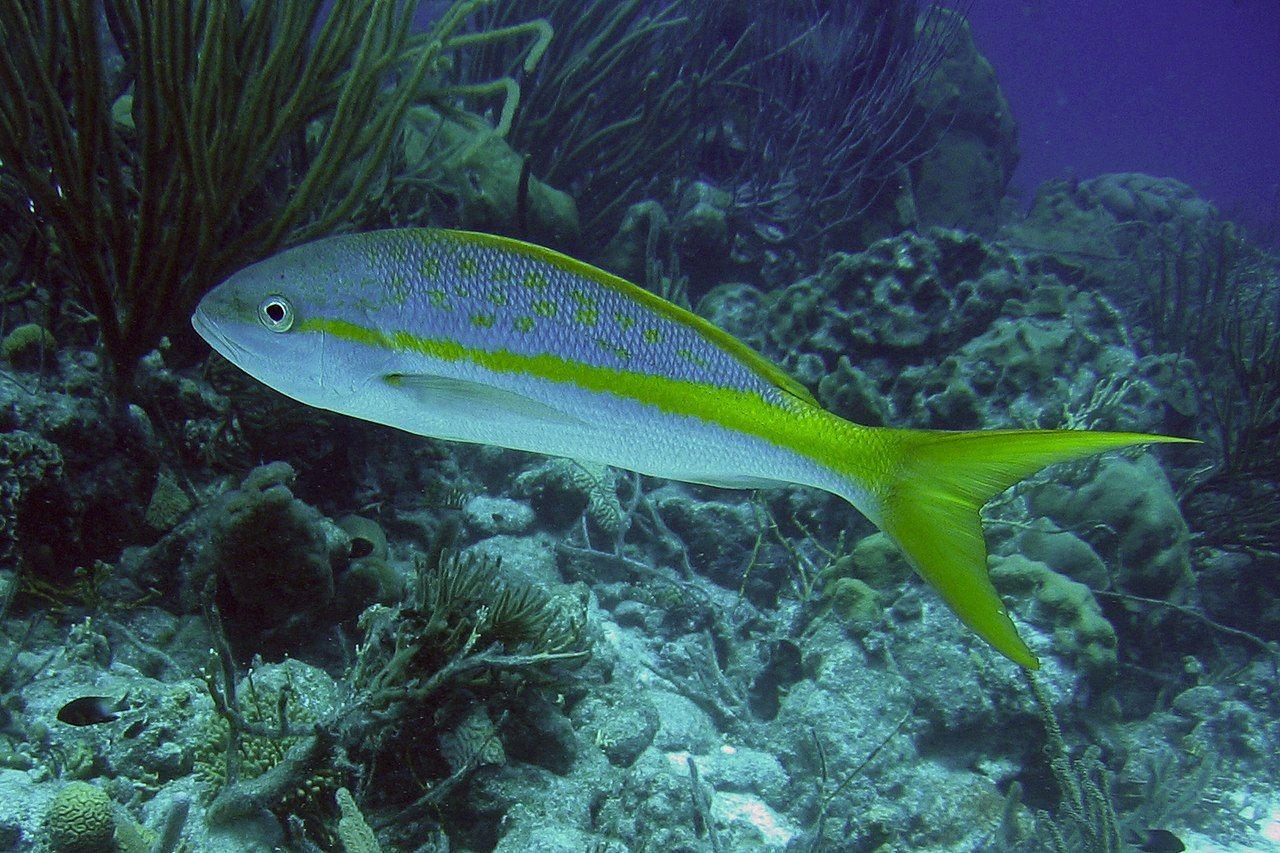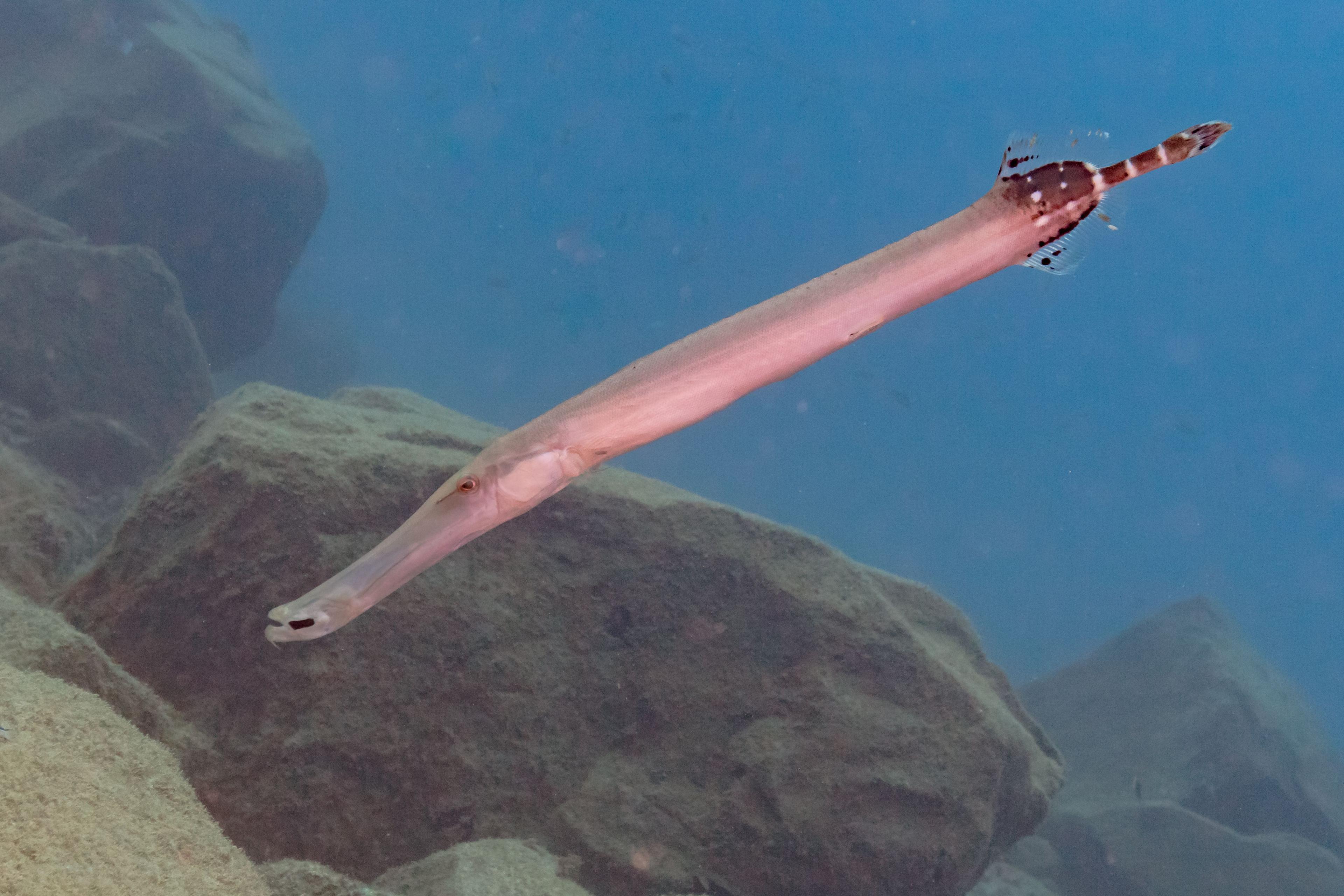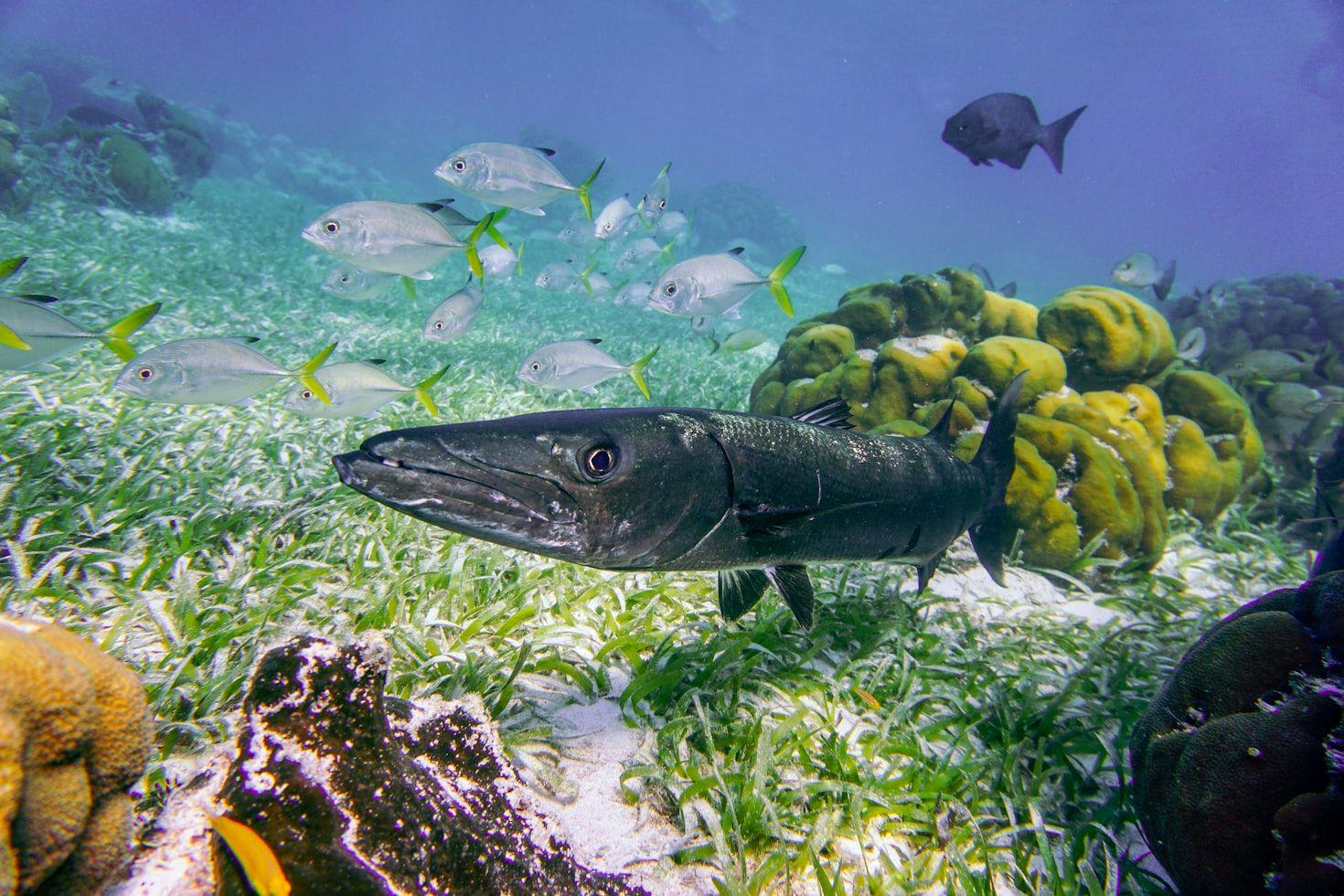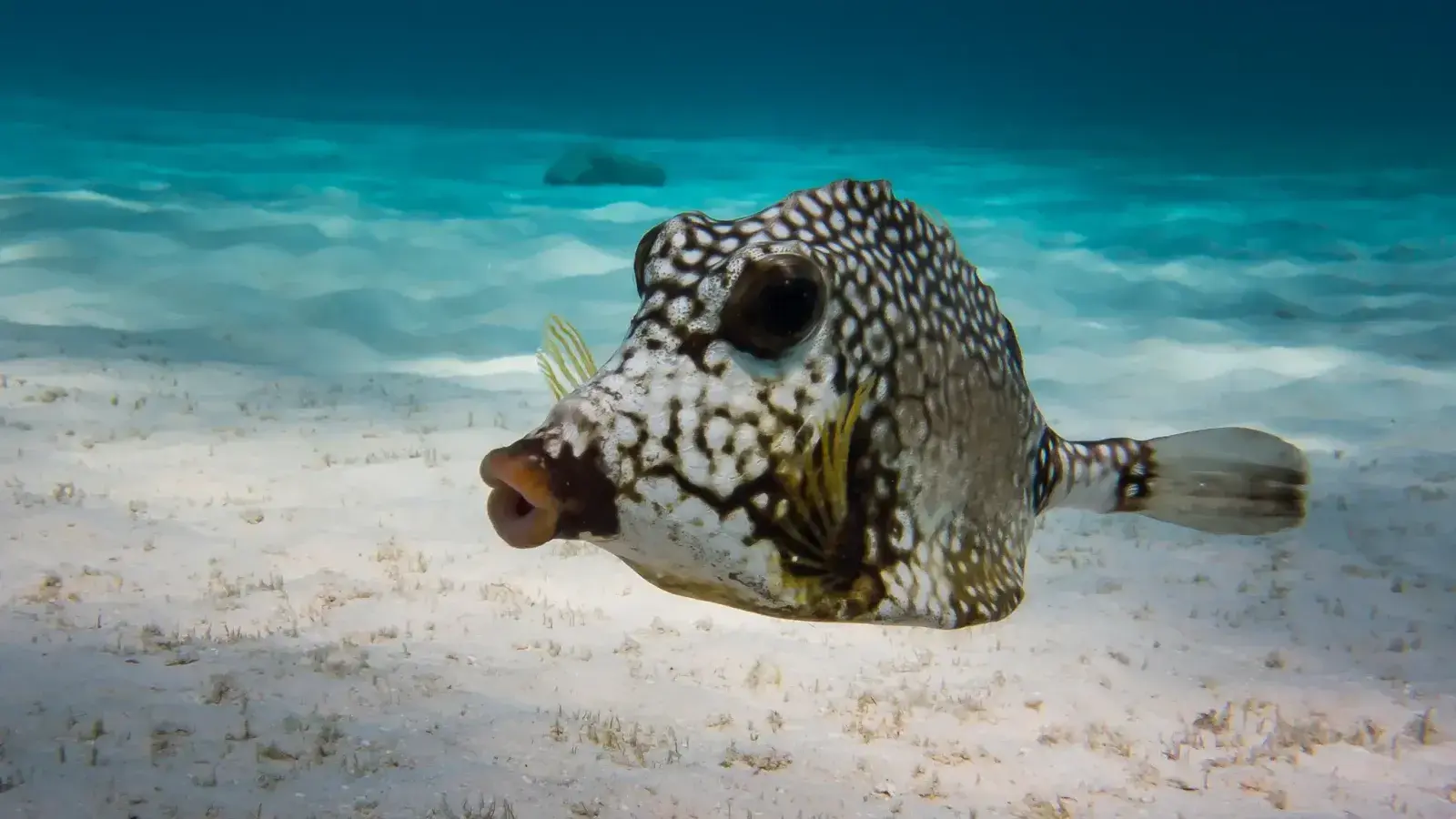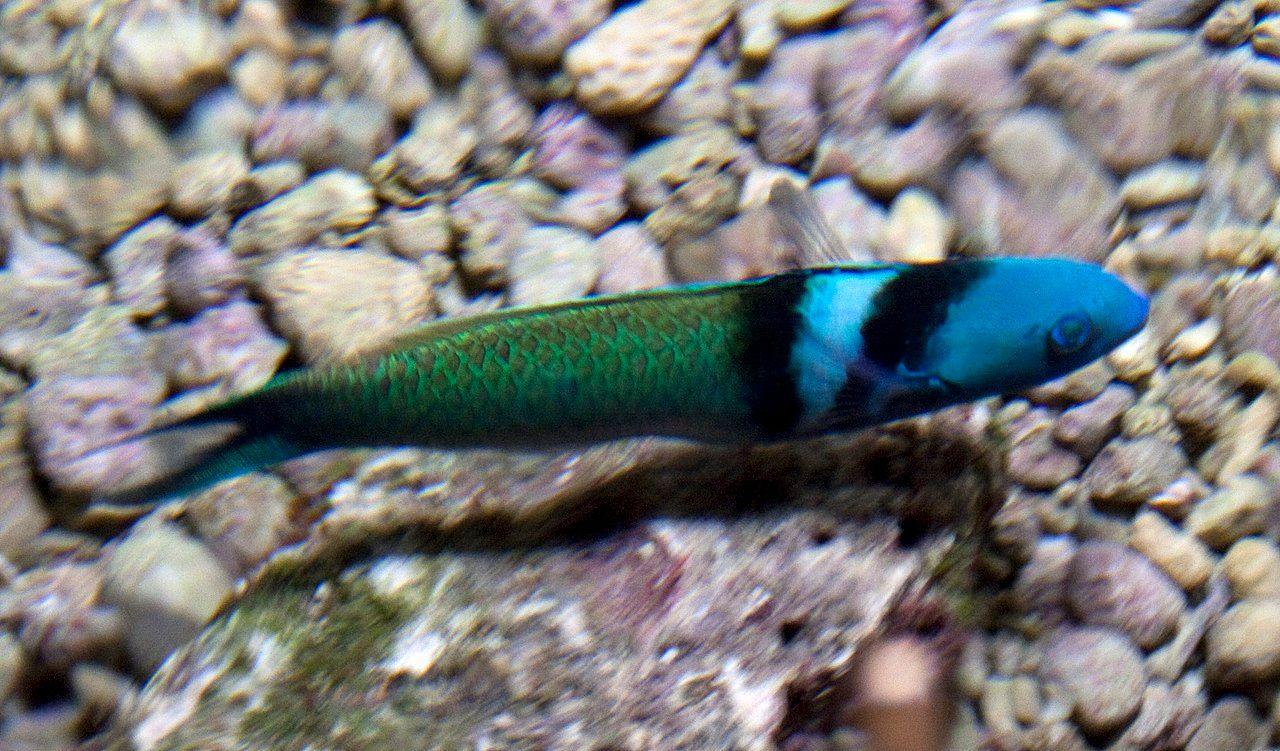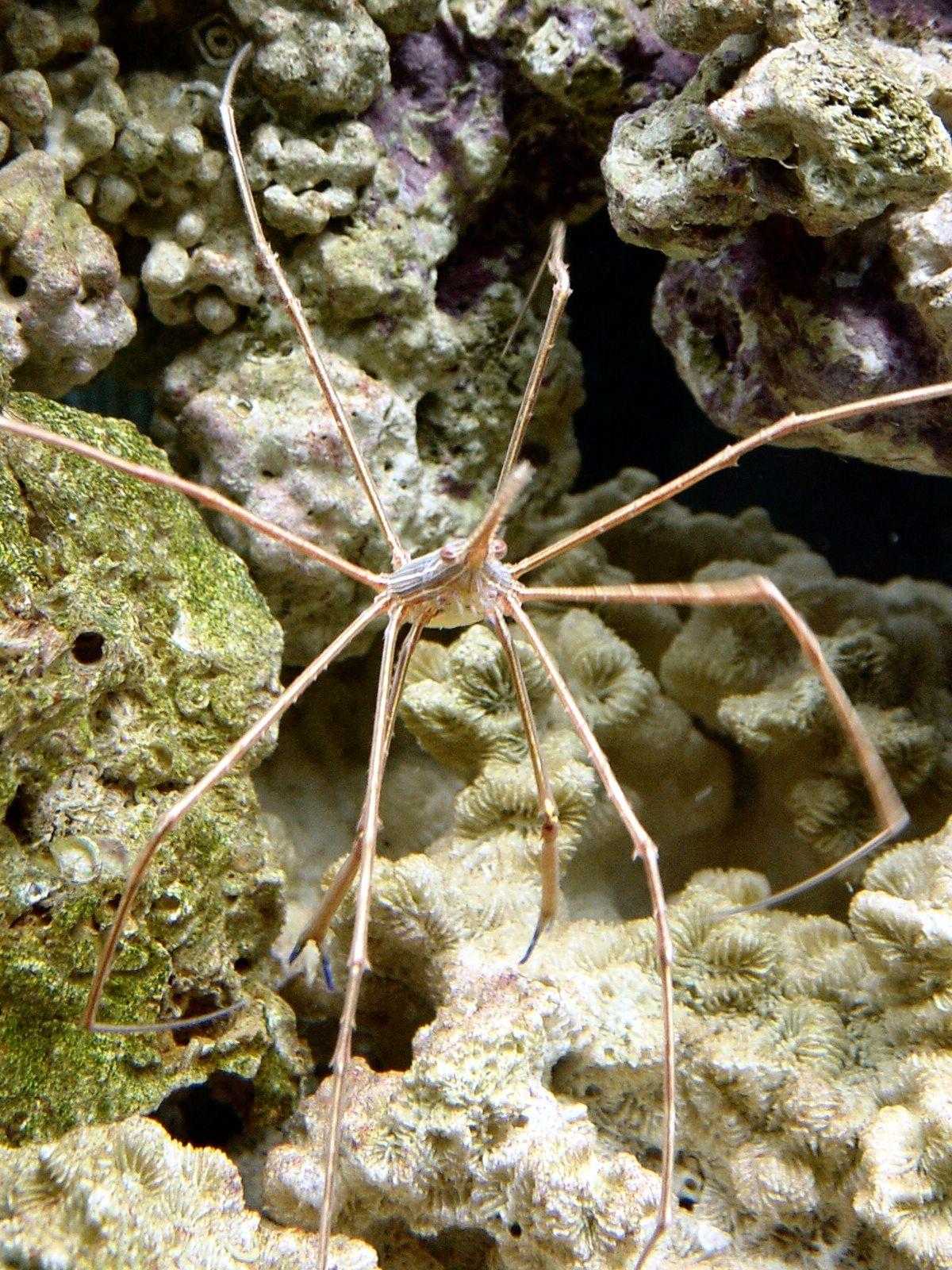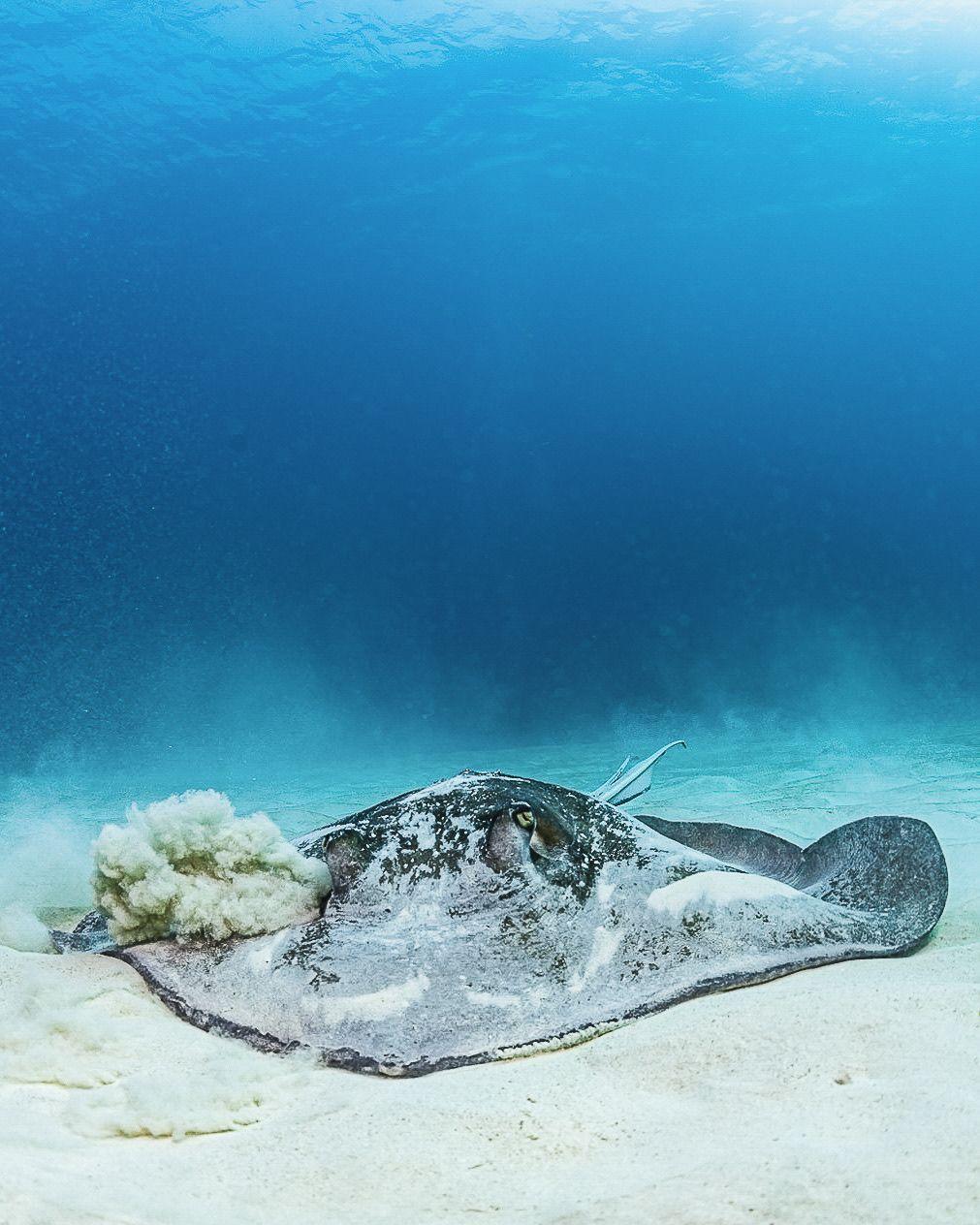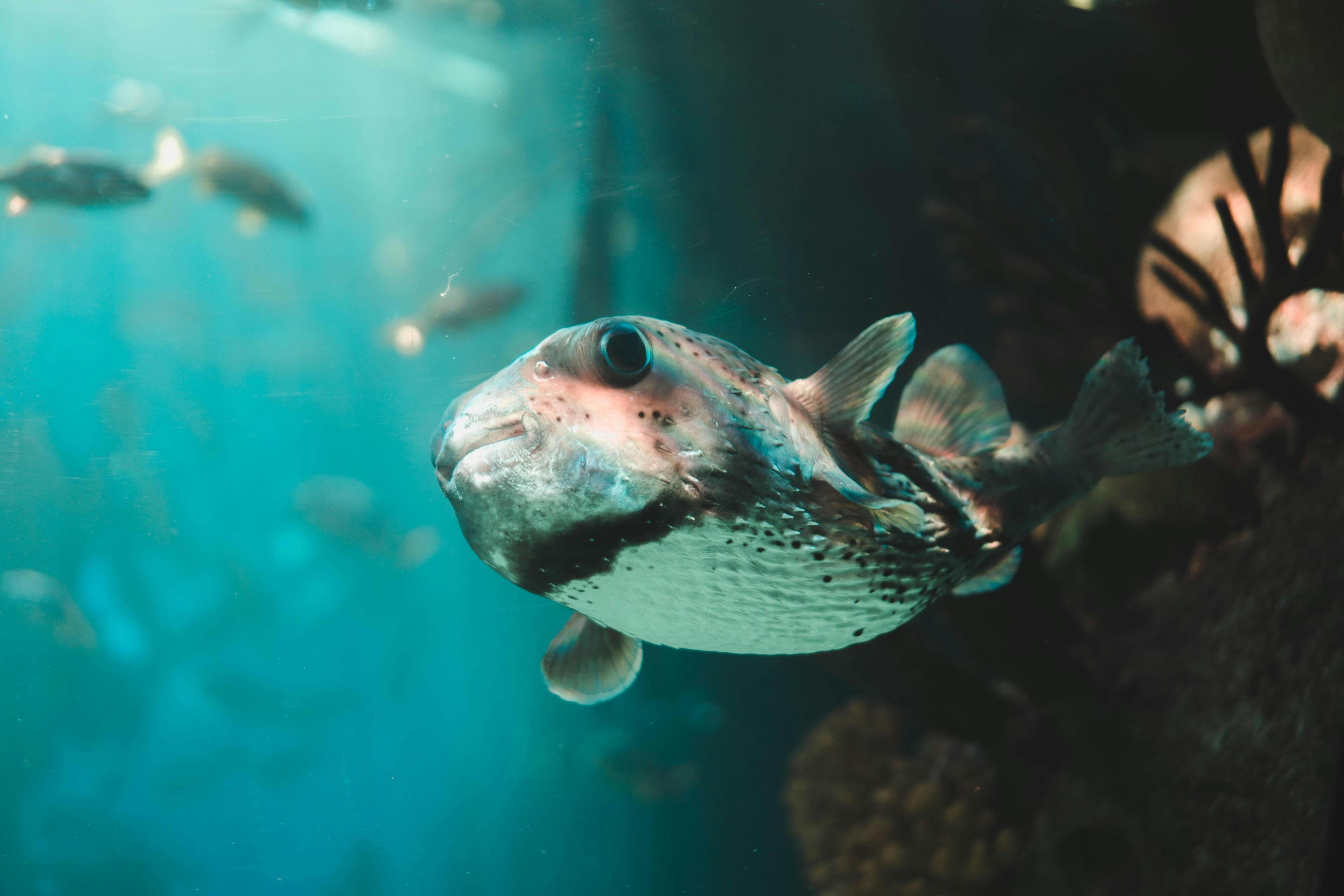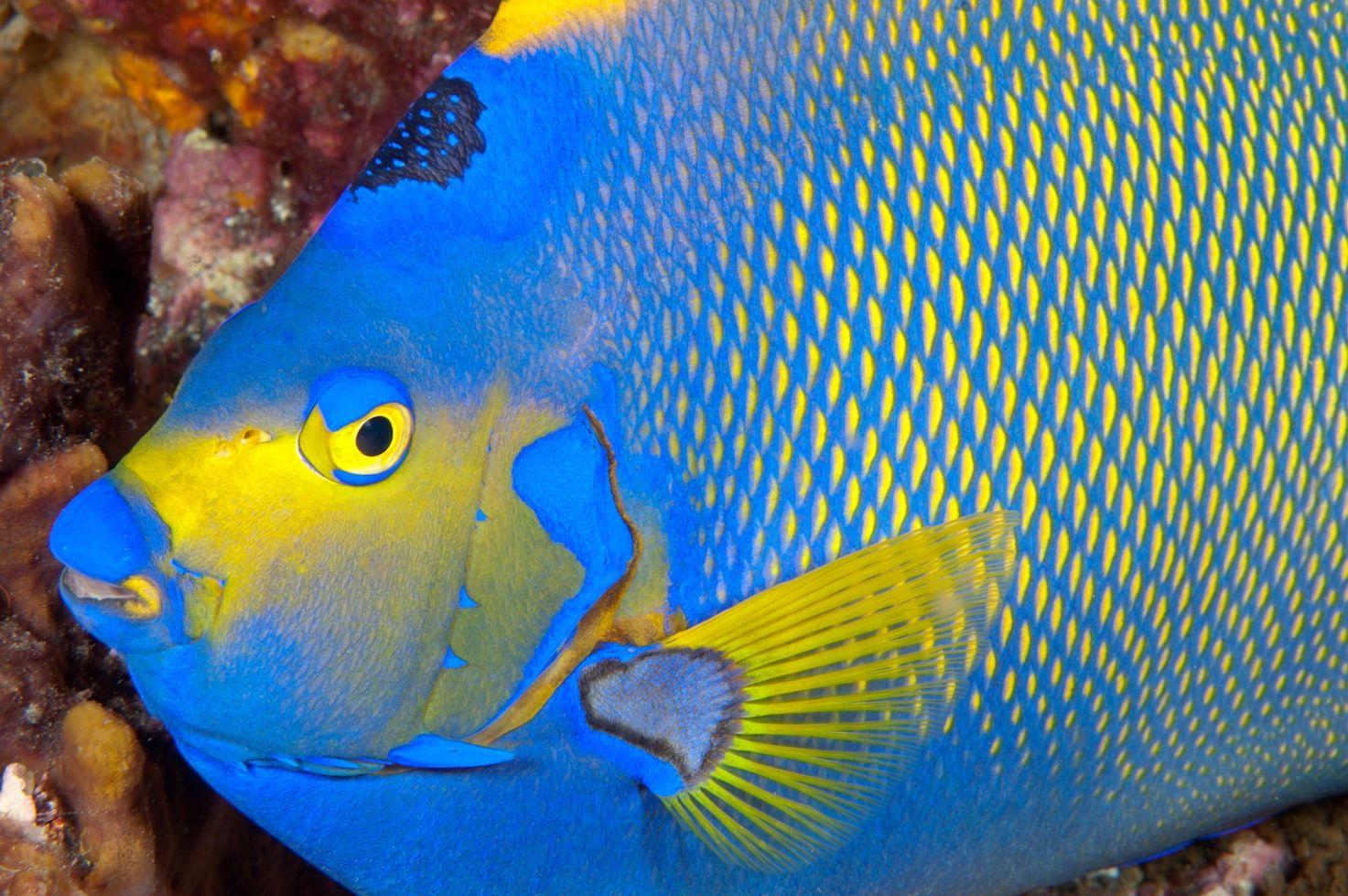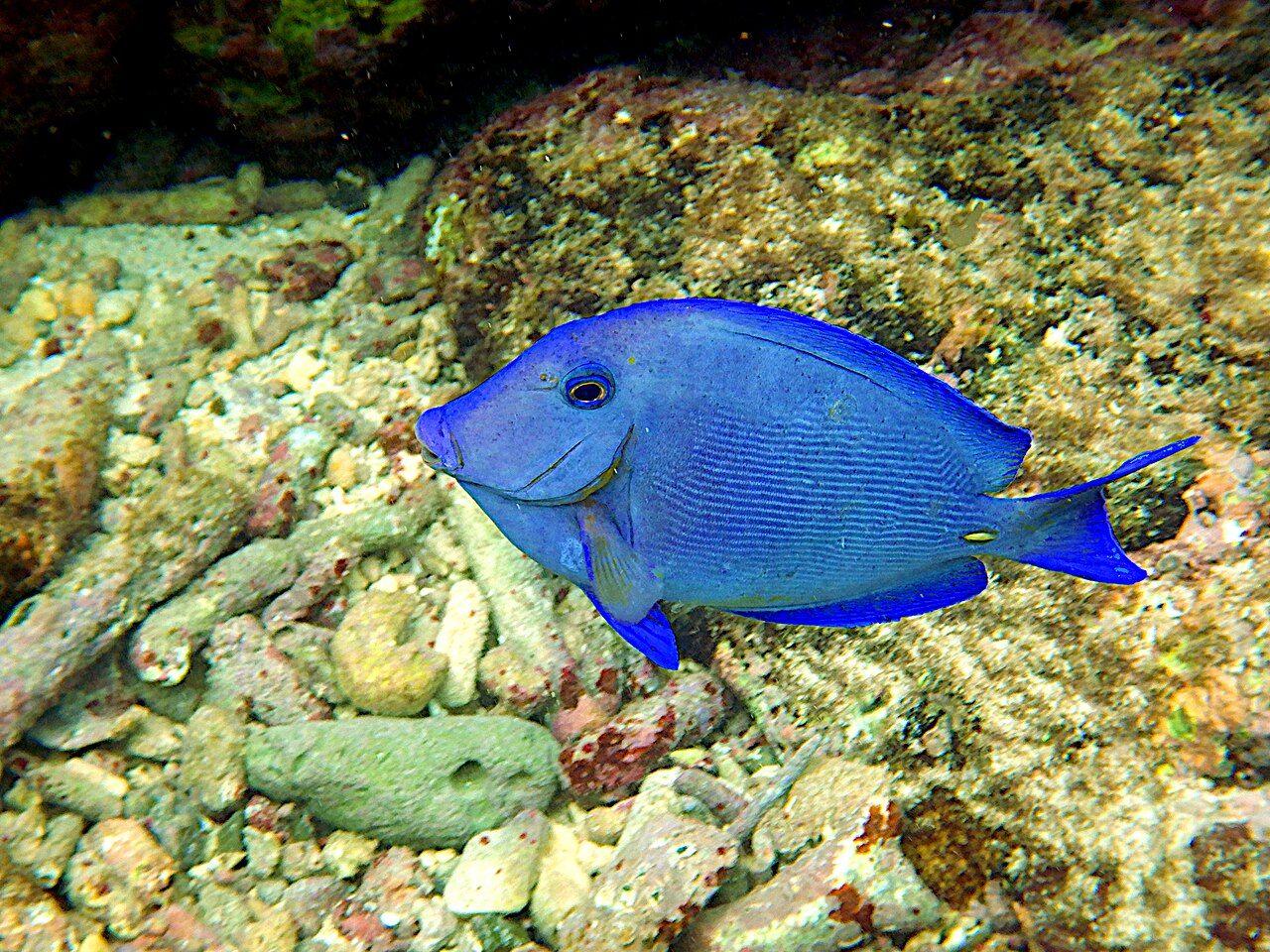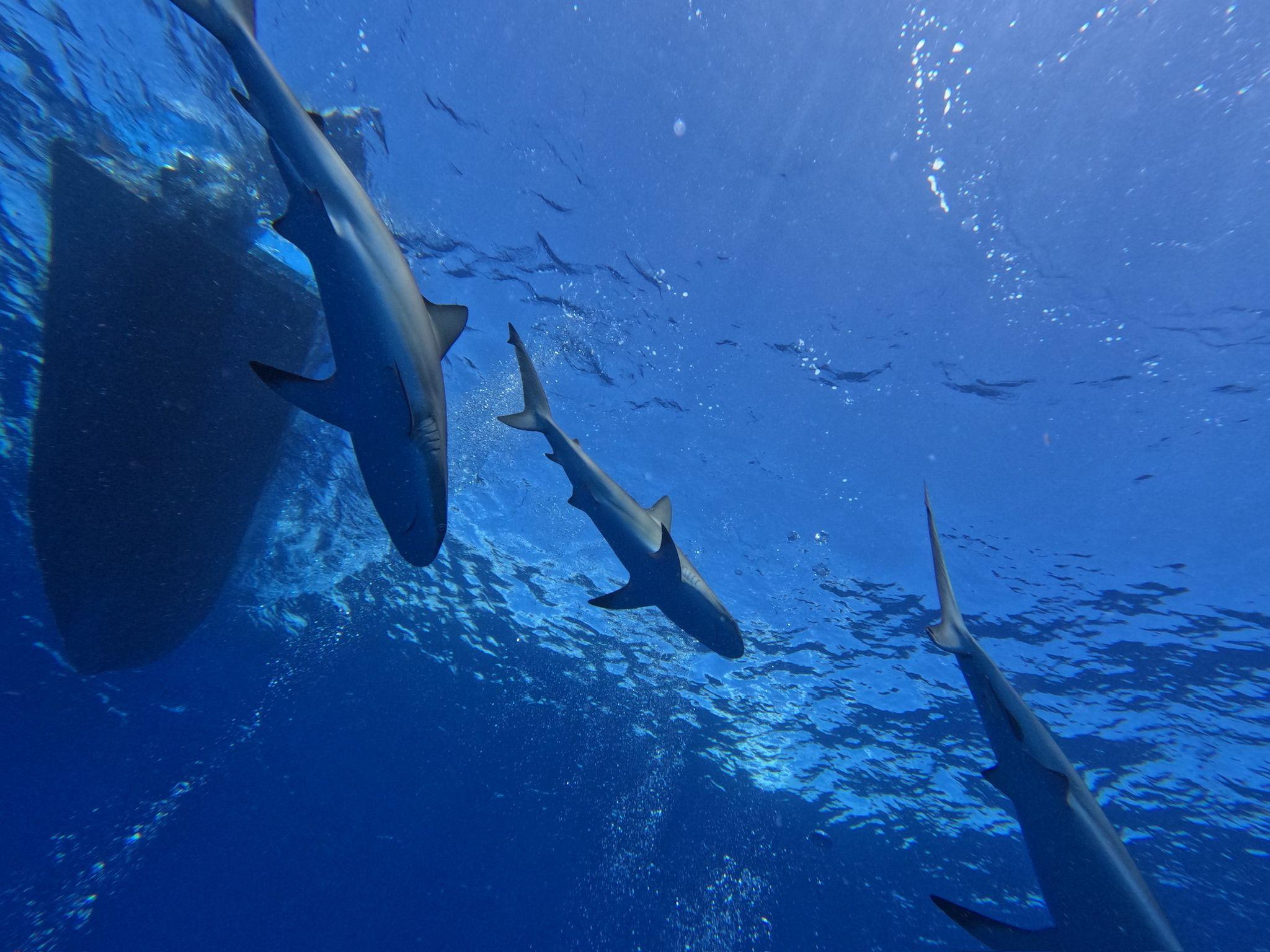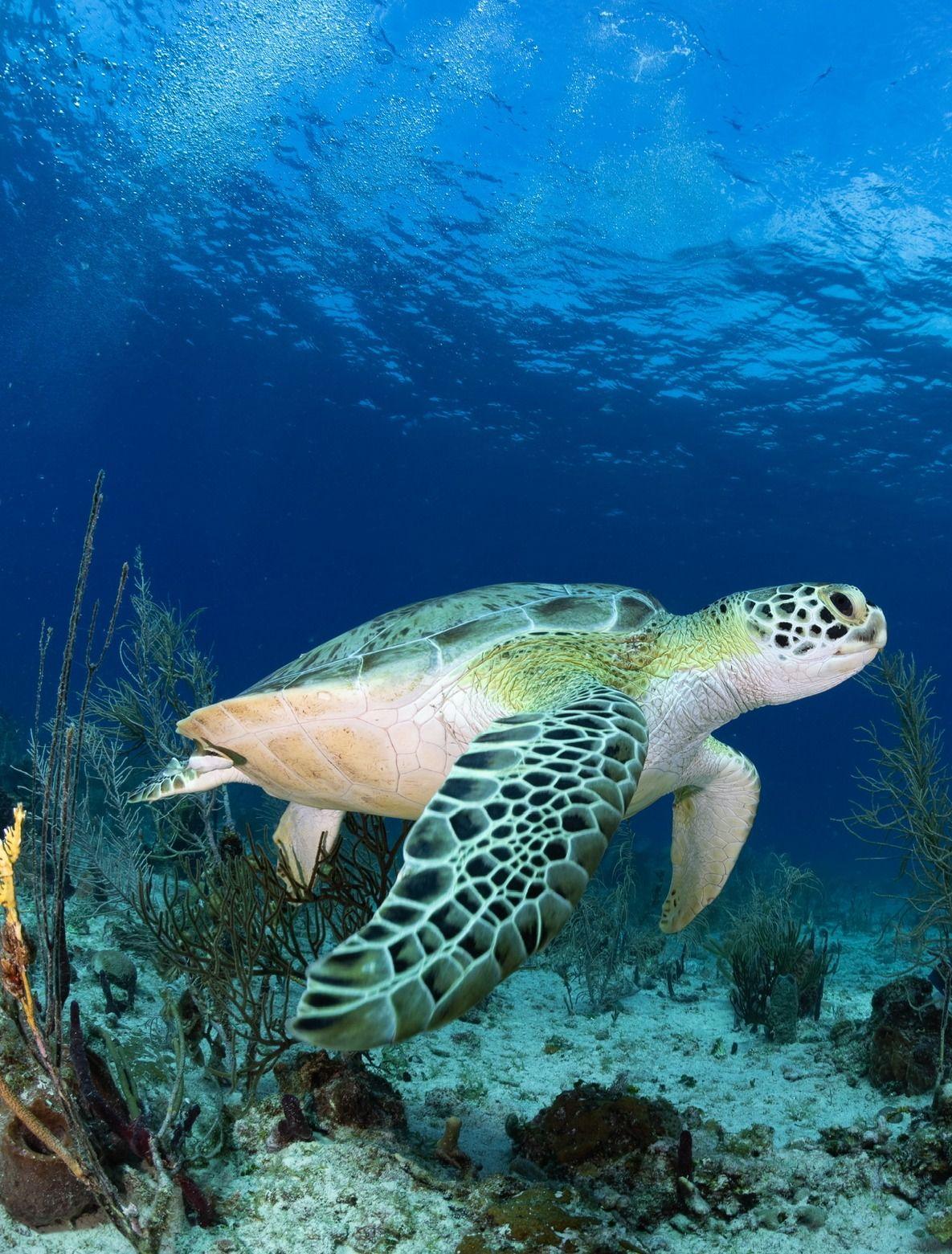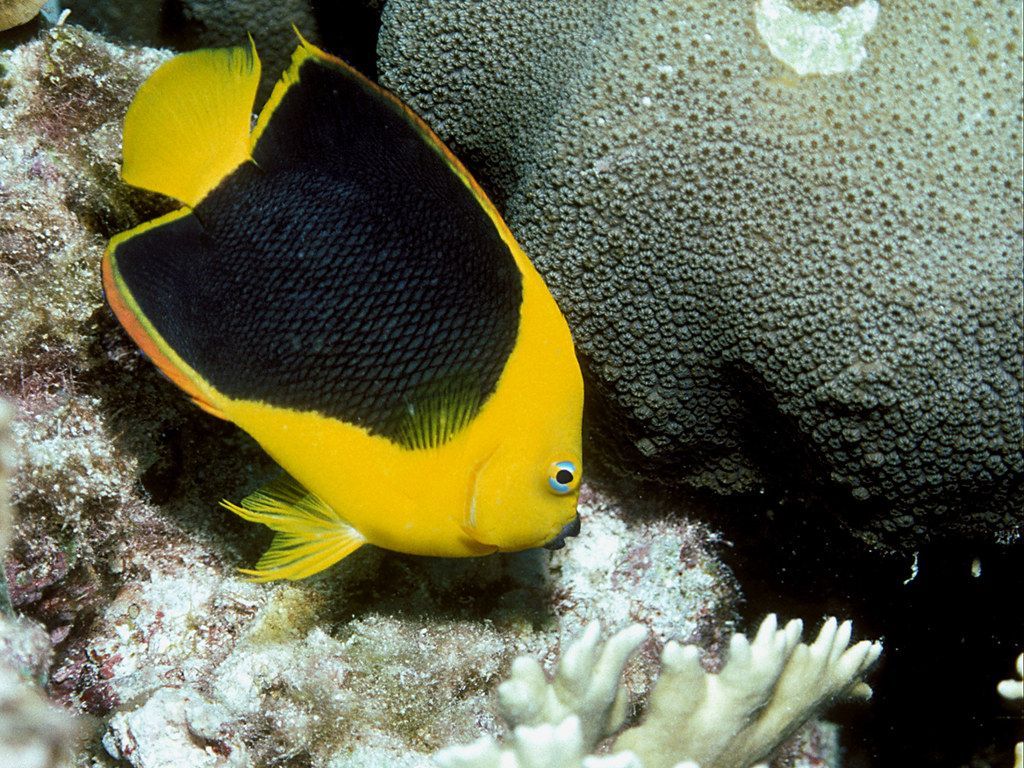
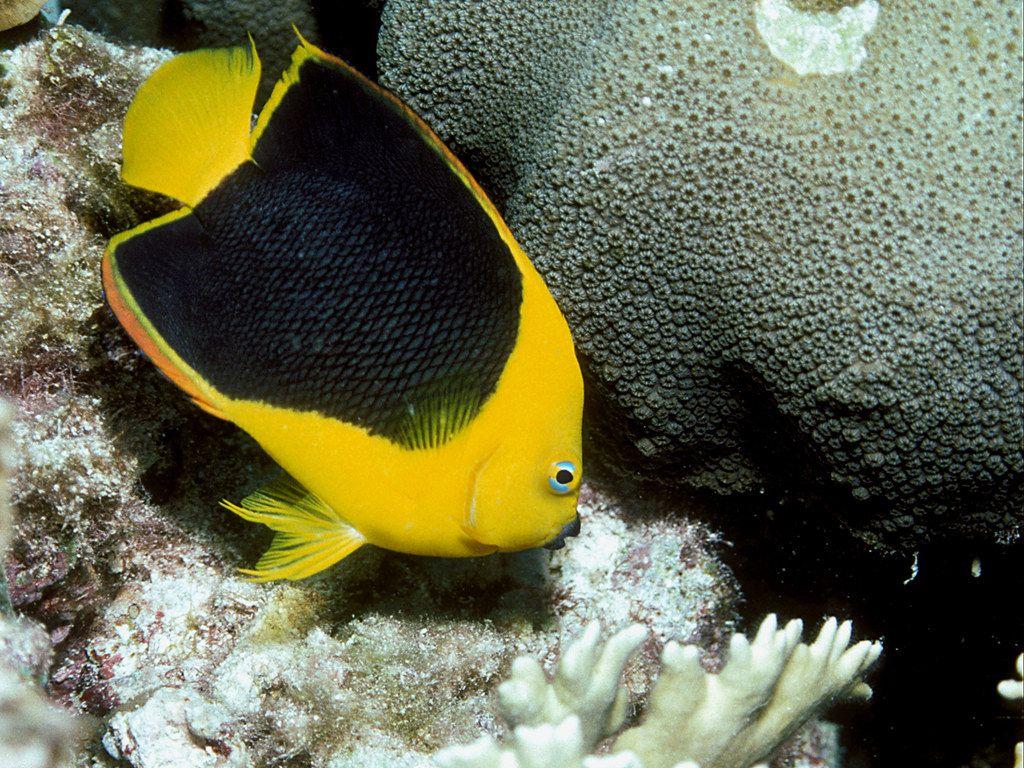
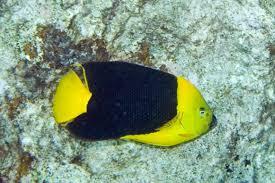

🟡 Rock Beauty Fish: Bold Colors of the Caribbean Reefs
Among the vibrant reef residents of Punta Cana, the Rock Beauty stands out like a painted gem. With its bright yellow body, deep black midsection, and splash of electric blue on its face, this small angelfish species is a favorite among divers and underwater photographers alike.Often spotted darting between coral heads or grazing on sponges, Rock Beauties bring life and color to the Dominican Republic’s underwater world.
🐠 Identification: What Does a Rock Beauty Look Like?
The Rock Beauty (Holacanthus tricolor) is a species of angelfish that’s easy to identify due to its:
- Bright yellow face and fins
- Deep black midsection covering the body
- Electric blue around the eyes and mouth (especially in juveniles)
- Rounded dorsal and anal fins
- Adult size of up to 8–10 inches (20–25 cm)
Juvenile rock beauties look different — they’re mostly yellow with a single black spot near the tail that slowly spreads as they mature.
🌊 Behavior & Habitat
Rock beauties are territorial and usually swim solo or in bonded pairs. While they’re not shy, they do keep their distance from divers — so a calm, slow approach works best.You’ll typically find them:
- Near sponges, which are their primary food source
- Hiding in reef crevices or swimming around coral heads
- In shallow to mid-depth waters, between 10–30 meters (30–100 feet)
Their grazing behavior is essential to reef health, as it helps keep sponge populations in balance.
📍 Where to See Rock Beauties in Punta Cana
At Grand Bay of the Sea, we often spot Rock Beauties during dives around:
- Cabeza de Toro reefs
- The shallow coral gardens near Bávaro
- Catalina Island, where sponge growth is especially dense
- Wreck dives, where they explore the encrusted metal for algae and sponges
Because they tend to patrol the same areas, returning divers often find the same individuals in their “home zone.”
📸 Photography Tip
Rock Beauties are fast and cautious, so patience is key.
- Use a fast shutter speed to capture their quick turns
- Focus near sponges or coral heads where they like to graze
- Watch for the beautiful contrast when they pass colorful coral backdrops
💡 Fun Fact
Despite their name, Rock Beauties don’t live on rocks — they’re reef specialists. Their name may come from their tendency to linger near large coral structures that rise like “underwater rocks.”
💙 Why We Love Rock Beauties
At Grand Bay of the Sea, we love pointing out Rock Beauties to our guests — especially new divers. Their striking appearance and quirky behavior make them a memorable part of any dive. They also help show just how diverse and colorful life beneath the surface really is.
🐟 Final Thought
Rock Beauty angelfish are more than just eye candy — they’re part of the delicate balance that keeps Punta Cana’s reefs healthy and thriving. So next time you’re diving with us, keep an eye on the reef — a flash of yellow and black might mean a Rock Beauty is nearby, dancing through its underwater territory.

